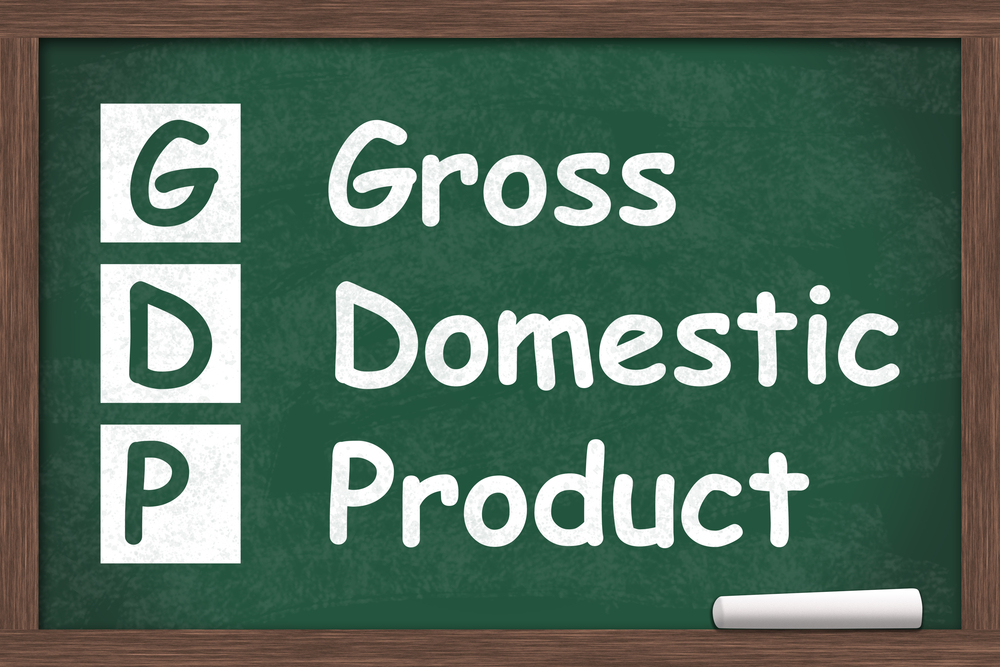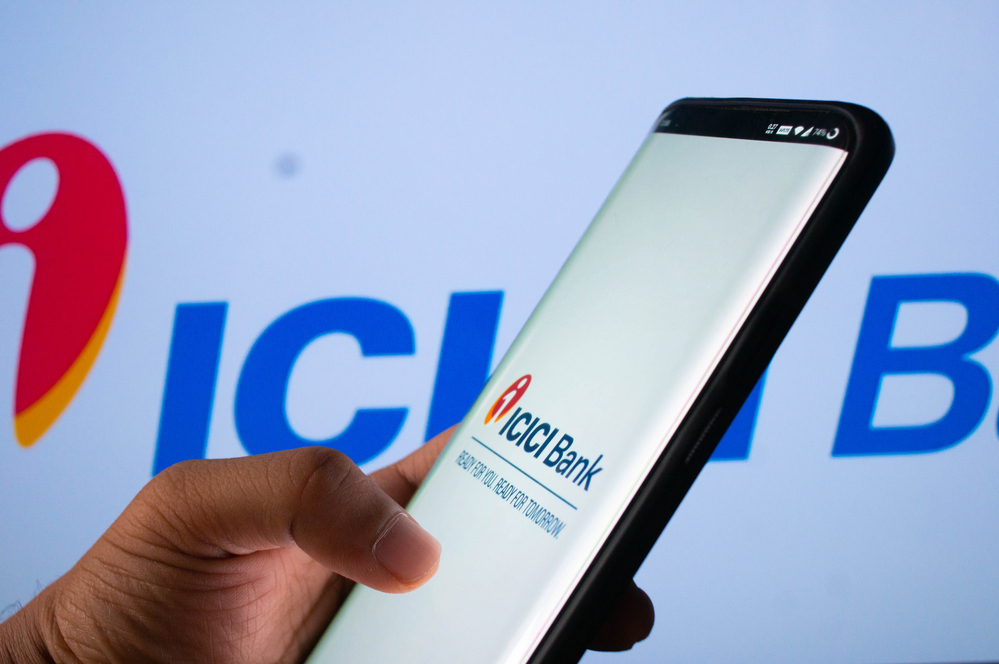GDP Growth Slows Down

The Q2FY20 GDP growth numbers came in at 4.5 per cent, largely in line with market expectations. This is on the back of a sub-par growth rate for Q1FY20. However, it is important to note that these numbers are slightly inflated due to the positive impact of strong government spending, which may not be sustainable in the future. Core Gross Value Added (GVA), which is a better indicator of private sector growth, slowed down to 3.4 per cent in Q2FY20 against a reading of 4.9 per cent in Q1FY20. The slowdown in real GDP growth and subdued inflation in July to September quarter meant that nominal GDP growth fell to 6.1 per cent, way below the 11 per cent growth, presumed in the budget. Lower real GDP may impact the overall tax collections, which are already below the target amount. Consequently, there is likely to be pressure on the government to reduce spending in order to maintain fiscal deficit numbers. The fixed income markets are expecting the yields to rise. While markets expect the private sector to recover gradually in the coming quarters, government spending will be a drag till the end of this fiscal year. Basis this, the market expects that there would be a downward revision in all the year-end numbers.
Basis the GDP number, there is expected to be a 25bps rate cut in the policy rate on December 4, 2019. This is even though headline CPI is likely to stay well above the 4 per cent target in the next few months on the back of rising food prices.
On the production side, the weakness in GDP growth is concentrated in the industrial sector which continued to decelerate. Service sector growth was up in Q3FY20 supported by strong government spending growth.
On the expenditure side, private consumption was closely watched, which had slumped to 3.1 per cent in Q219 compared to a four-year average growth of almost 8%.
With global growth prospects improving in the recent weeks, there are hopes that exports will now accelerate and give a boost to GDP in the quarters to come. However, there is a silver lining in this playbook. Even though consumption growth is below the long-term average, it has seen an improvement. On the other hand, the weakness in private consumption indicates depressing rural purchasing power.
The market may continue to do well in the short run, as the FPIs inflows are strong. However, the markets need to see some sharp structural boosts to the economy in order to generate stable long-term returns.








